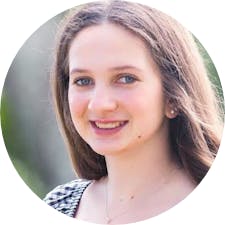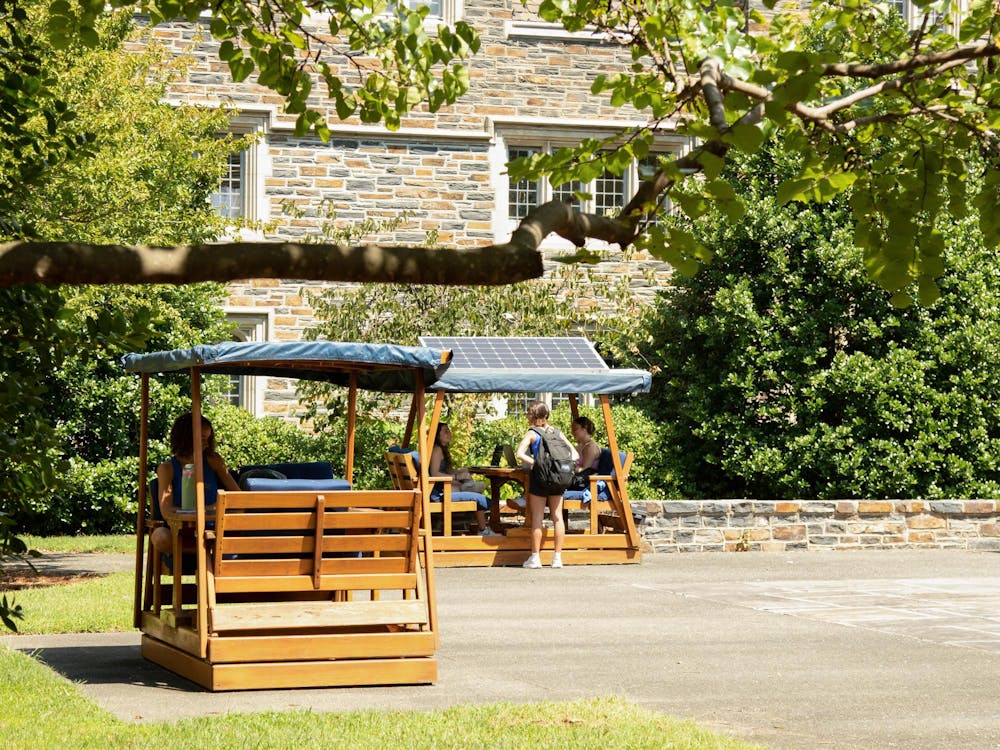Duke offers 63 majors, 61 minors and 23 certificates, and undergraduates have the option to pursue up to three of these courses of study during their time at Duke. This results in over 430,000 possible academic combinations for undergraduate students.
For some Duke students, however, 430,000 is not enough.
Conceived in 1968, Program II offers students the chance to step away from traditional majors and minors to design their own degree program, studying topics as diverse as anthrozoology with a focus on canines to the Southern political experience.
“The goal is to provide an opportunity for students that are really motivated and passionate about this important social question that can only be answered with a multidisciplinary approach,” said Rachael Murphey, lead academic dean and then-director of Program II.
Murphey described Program II students as intellectually curious, self-motivated and “willing to take the path less traveled.” They’re also willing to sacrifice the security of a peer network within the same major, though she noted that the program is striving to strengthen the sense of community among its participants.
Students who wish to participate in Program II can apply between their sophomore fall and junior fall, with application deadlines twice per semester.
The application requires students to explain their overarching question of study. A faculty review committee considers whether the student’s goals can be fulfilled by Program I options — through an established combination of majors and minors — or if Program II would be a better fit. Murphey explained that while a traditional course of study is likely the best fit for most students, the Program II acceptance rate is “far higher than students think.”
“It's not that it's so hard to get into Program II,” she said. “The reality is, Program I is really appropriate for most students … current disciplinary boundaries function pretty well, and most students find their path through what already exists.”
Student experiences
Elaijah Lapay, Trinity ‘24, completed a Program II pathway titled “Migrant Health and Health care: Access and Application.”
“I’m living my Program II because on a daily basis; I’m doing basic health education,” he said.
Through his job as a community health worker for El Centro Hispano, a Latino-led and Latino-serving nonprofit based in North Carolina, Lapay works at a health program at the Mexican consulate and in a mobile health unit near East Campus.
When he checks the blood pressure and glucose levels of patients, he sometimes discovers that they have undiagnosed diabetes or hypertension. While Lapay can’t make a direct diagnosis, he can inform them that their medical results indicate potential health issues.
“Classes don't teach you empathy,” Lapay said. “… It's the weight of knowing that they came as an immigrant and they don't know what resources are available to them.”
He entered college interested in immigrant identity but didn’t plan to focus his studies on the topic, since he “didn’t foresee that [immigration] was something people could study.”
However, his initial curiosity led him to participate in a now-discontinued FOCUS program titled Immigration and Citizenship during his first year. Lapay also completed a DukeEngage program in Durham concentrating on migrant youth.
This background, alongside Bass Connections projects and extracurriculars, honed his interest in immigration and steered him toward Program II.
Junior Gabrielle Perry is pursuing a Program II pathway titled “Health Beyond Care.”
She studies “gaps” in U.S. health care frameworks, suggesting alternative methods that integrate public health and well-being into community infrastructure.
“I love that I get to learn things for the sake of learning and explor[e] problems that excite me and issues in the world that might seem unsolvable,” Perry said. “Program II makes me feel like I can solve [them], because I get to walk in with so many different perspectives.”
Get The Chronicle straight to your inbox
Sign up for our weekly newsletter. Cancel at any time.
To Perry, the freedom afforded by Program II to choose her own course load ensures that she’s always excited about her classes, noting that there was “never a doubt in [her] mind that this is what [she] want[s] to study and this is what [she] want to do.”
Junior Dhruv Rungta, president of the Program II Majors Union, said that he and other student leaders are taking steps to build a robust Program II community, such as by hosting community lunches and a retreat to the Duke Marine Lab in Beaufort.
“The people in this program are just incredible — everyone is so passionate, curious and genuinely excited about their studies,” Rungta said.

Madera Longstreet-Lipson is a Trinity sophomore and an associate news editor for the news department.

